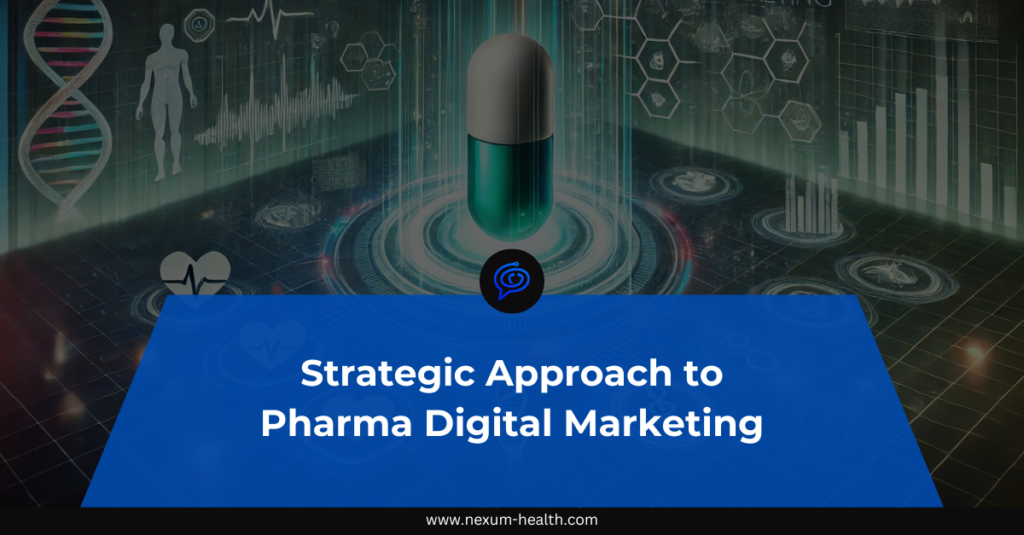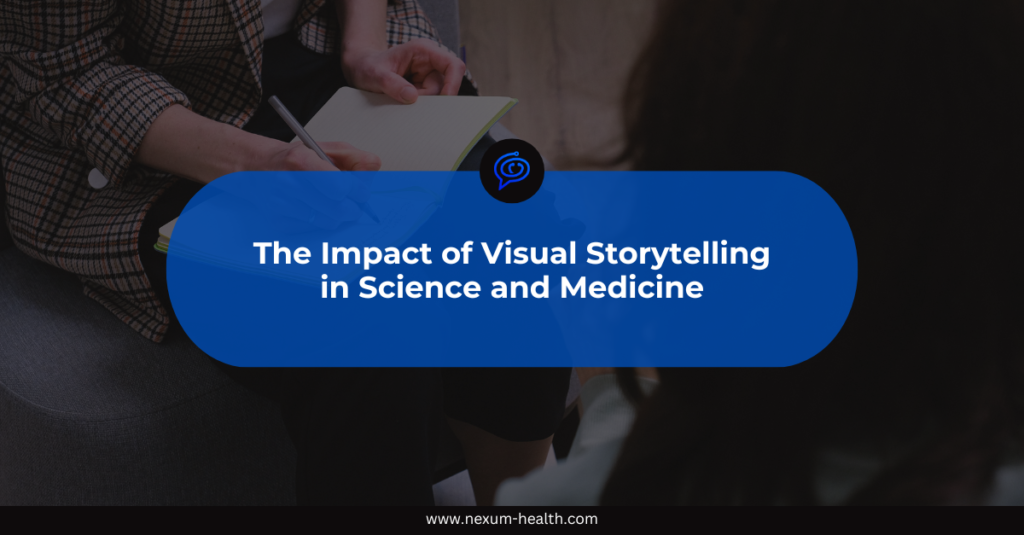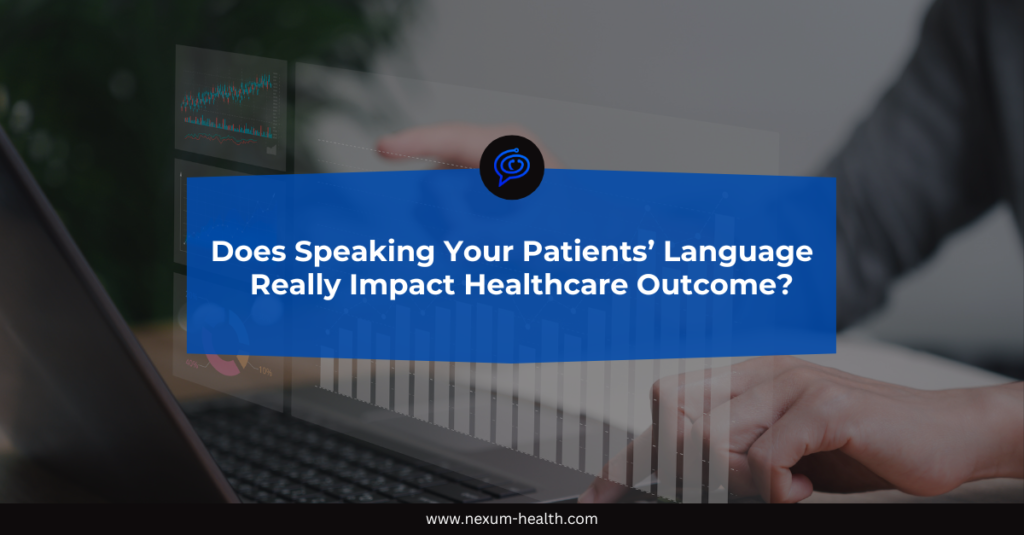In the digital world, where information is readily accessible at our fingertips, the area of pharmaceutical marketing faces unique challenges. It’s not merely about selling a product; it’s about fostering trust, educating, and ultimately, improving lives. Yet, amidst regulations, data-driven approaches, and complex scientific jargon, it’s easy to lose sight of the most critical aspect, the human connection.
Pharmaceutical marketing has often been criticised for its impersonal and sometimes detached approach. Traditional methods have focused heavily on product features, clinical data, and regulatory compliance. While these aspects are undoubtedly crucial, they alone don’t resonate with individuals on a personal level. To truly engage with audiences and build lasting relationships, there’s a growing need to humanise pharma marketing content.
So, what does it mean to humanise pharma marketing content?
At the heart of humanising pharmaceutical marketing lies a deep understanding of the diverse needs, concerns, and aspirations of the audience. Patients are not mere data points or statistics; they are individuals with life stories, each facing their own set of challenges and successes. Behind every prescription, every diagnosis, and every treatment decision, there is a person, a person with unique experiences, fears, and hopes.
In healthcare, it’s easy to get lost in the intricacies of scientific data and regulatory requirements. However, to truly connect with patients and healthcare professionals, marketers must go beyond the surface and delve into the human experience. This means empathising with patients’ journeys, understanding the emotional rollercoaster they may be on, and recognising the impact that their condition has on their daily lives.
Imagine a patient newly diagnosed with a chronic illness, perhaps diabetes, cancer, or multiple sclerosis. Beyond the physical symptoms, this diagnosis may evoke emotions: fear, uncertainty, and perhaps even a sense of loss. Understanding these emotional nuances is crucial for developing marketing content that resonates with the audience on a personal level.
By empathising with patients’ experiences, marketers can create content that speaks directly to their hearts and minds. Instead of bombarding them with technical jargon or clinical data, marketers can address their concerns, validate their emotions, and offer support and guidance. This may involve sharing stories of other patients who have walked a similar path, providing practical tips for managing their condition, or simply offering a listening ear.
For example, a pharmaceutical company marketing a new treatment for rheumatoid arthritis could create content that not only highlights the drug’s efficacy and safety profile but also addresses the day-to-day challenges faced by patients living with this condition. They could share stories of patients who have successfully managed their symptoms and regained control of their lives with the help of the treatment. They could also provide resources such as diet and exercise tips, pain management techniques, and information about support groups and patient advocacy organisations.
Storytelling with Empathy
Storytelling has an incredible power to bridge the gap between information and emotion. When it comes to pharmaceutical marketing, this approach becomes particularly potent. Instead of relying solely on cold, clinical data, marketers can utilise the power of narrative to connect with their audience on a deep human level.
Imagine a patient grappling with the overwhelming news of a cancer diagnosis. It’s not just the diagnosis itself that weighs heavy on their mind; it’s the uncertainty, the fear, and the disruption to their life as they know it. In this moment of vulnerability, a story can offer solace, inspiration, and hope.
By creating narratives that resonate with the experiences of patients and caregivers, marketers can create content that speaks directly to the heart. These stories might feature individuals who have overcome seemingly insurmountable odds, battled their illness with courage and resilience, and emerged stronger on the other side. They might showcase the pivotal moments, the highs and lows, the successes and setbacks, that define the journey of living with a chronic condition or undergoing treatment for a serious illness.
For example, consider a pharmaceutical company launching a new treatment for asthma. Instead of bombarding patients with technical details about the drug’s mechanism of action or clinical trial results, they could share the story of a young child who struggled to breathe freely until they found relief with the medication. Through vivid descriptions and emotional storytelling, they could convey the impact that asthma has on the child’s life, as well as the transformative effect of finding the right treatment.
Furthermore, storytelling allows marketers to tap into universal themes and emotions that resonate across cultural and linguistic barriers. Whether it’s the bond between a parent and child, the resilience of the human spirit, or the power of hope in the face of adversity, stories have the ability to transcend differences and create a sense of shared humanity.
Educating, Not Just Selling
The traditional focus has often been on promoting products and driving sales. However, in an era where access to information is abundant and patients are increasingly empowered to take control of their health, the role of marketers must evolve beyond mere salesmanship. It’s no longer just about selling a product; it’s about empowering individuals with knowledge and fostering informed decision-making.
Effective pharmaceutical marketing should prioritise education as a cornerstone of its strategy. This means providing patients, caregivers, and healthcare professionals with accurate, reliable information that authorises them to make informed choices about their health. By offering valuable educational content, marketers can position themselves not just as purveyors of products, but as trusted sources of information and support.
Educational content can take many forms, from blog posts and articles to infographics, videos, and interactive tools. These resources should aim to demystify complex medical concepts, explain treatment options in plain language, and address common questions and concerns that patients may have. For example, a pharmaceutical company marketing a new cholesterol-lowering medication could create educational materials that explain the role of cholesterol in heart health, the importance of managing cholesterol levels, and the potential benefits and risks of different treatment options.
Additionally, educating patients goes beyond just providing information, it’s about empowering them to take an active role in their own care. This might involve offering practical tips for managing symptoms, promoting healthy lifestyle choices, and encouraging open communication with healthcare providers. By empowering patients with the knowledge and tools they need to make informed decisions, marketers can help them navigate the complexities of their healthcare journey with confidence and clarity.
In addition to educating patients, pharmaceutical marketers also have a responsibility to provide healthcare professionals with the information they need to make evidence-based decisions. This includes sharing clinical data, treatment guidelines, and best practices for managing specific conditions. By arming healthcare professionals with the latest information and resources, marketers can support them in delivering high-quality care to their patients.
Building Trust Through Transparency
Trust is the foundation of any successful relationship, and this holds especially true in healthcare and pharmaceuticals. Patients and healthcare professionals alike rely on pharmaceutical companies to provide safe, effective treatments backed by sound science and ethical practices. However, building and maintaining trust in this industry can be challenging, particularly in the face of past controversies and concerns about transparency.
Transparency is essential for building trust in pharmaceutical marketing. This means being open and honest about the benefits and risks of products, as well as any limitations or uncertainties. It also means providing clear, accurate information about pricing, accessibility, and the company’s commitment to ethical practices.
One way that pharmaceutical companies can demonstrate transparency is by openly communicating about the development and testing processes for their products. This might include sharing information about clinical trials, including study protocols, results, and any adverse events that occurred during the trials. By providing this level of transparency, companies can reassure patients and healthcare professionals that their products are rigorously tested and evaluated before they are brought to market.
Transparency also extends to how pharmaceutical companies interact with patients and healthcare professionals. This means being upfront about any potential conflicts of interest, such as financial relationships with healthcare providers or industry-sponsored research. It also means being responsive to feedback and concerns from patients and the broader community, and taking meaningful action to address any issues that arise.
Furthermore, transparency in pharmaceutical marketing means being honest about the limitations of products and treatments. No treatment is perfect, and every medication comes with potential risks and side effects. By openly acknowledging these risks and providing patients with realistic expectations, pharmaceutical companies can build trust and credibility with their audience.
Engaging in Conversations
Communication is no longer a one-way street; it’s a dynamic dialogue between companies and their audiences. This holds true for pharmaceutical marketing as well. Instead of simply broadcasting messages to patients and healthcare professionals, marketers have the opportunity to engage in meaningful conversations that foster trust, build relationships, and drive positive outcomes.
Social media platforms, online forums, patient communities, and healthcare blogs offer fertile ground for these conversations to take place. By actively participating in these digital spaces, pharmaceutical companies can listen to the needs and concerns of their audience, provide valuable information and support, and demonstrate their commitment to patient-centric care.
One of the key benefits of engaging in conversations is the opportunity to listen and learn from the experiences of patients and caregivers. By actively monitoring social media channels and online forums, marketers can gain valuable insights into patient preferences, attitudes, and behaviours. This deeper understanding allows companies to tailor their marketing efforts to better meet the needs of their audience and develop products and services that truly make a difference in their lives.
Engaging in conversations also allows pharmaceutical companies to address misinformation and misconceptions head-on. In an age where misinformation about healthcare abounds, it’s more important than ever for companies to provide accurate, reliable information to their audience. By actively engaging with patients and healthcare professionals online, companies can counter misinformation, clarify any misconceptions, and provide evidence-based information that empowers patients to make informed decisions about their health.
Additionally, engaging in conversations allows pharmaceutical companies to humanise their brand and build authentic connections with their audience. By showing empathy, compassion, and genuine concern for the well-being of patients, companies can foster trust and loyalty that goes beyond the transactional nature of traditional marketing efforts.
Authorising Advocacy
Beyond marketing products, pharmaceutical companies have the opportunity to leverage their resources and expertise to advocate for broader healthcare issues that impact their target audience. By aligning their marketing efforts with social responsibility and community engagement, companies can not only drive business growth but also make a positive impact on public health and well-being.
One-way pharmaceutical companies can empower advocacy is by raising awareness about specific health conditions and diseases. By shining a spotlight on lesser-known conditions or underserved patient populations, companies can help destigmatise these issues and promote early detection and treatment. This might involve partnering with patient advocacy groups, sponsoring awareness campaigns, or organising educational events to educate the public and healthcare professionals alike.
Additionally, pharmaceutical companies can support patient advocacy organisations that are working to improve access to healthcare services, promote health equity, and advance patient rights. By providing financial support, volunteering time and expertise, and collaborating on initiatives, companies can amplify the voices of patients and caregivers and drive positive change in the healthcare system.
Furthermore, pharmaceutical companies can play a role in promoting public health initiatives and disease prevention efforts. This might involve supporting vaccination campaigns, promoting healthy lifestyle choices, or advocating for policies that address social determinants of health, such as access to nutritious food, safe housing, and quality education. By investing in prevention and early intervention, companies can help reduce the burden of disease and improve health outcomes for individuals and communities.
Moreover, pharmaceutical companies can engage in advocacy efforts aimed at shaping healthcare policy and regulation. By participating in public policy debates, providing input to regulatory agencies, and advocating for policies that promote innovation and patient access, companies can help shape the future of healthcare delivery and ensure that patients have access to the treatments and services they need.
Conclusion
In conclusion, bridging the gap between healthcare and people requires a multifaceted approach that goes beyond traditional pharmaceutical marketing tactics. It entails humanising marketing content, storytelling with empathy, prioritising education over salesmanship, building trust through transparency, engaging in conversations, and empowering advocacy. By implementing these principles, pharmaceutical companies can transform their marketing efforts from mere transactions into meaningful interactions that resonate with patients, caregivers, and healthcare professionals on a deeply personal level.
At its core, humanising pharmaceutical marketing means recognising that patients are not just numbers or statistics; they are individuals with unique experiences, emotions, and needs. By understanding and empathising with their journey, marketers can create content that speaks directly to their hearts and minds, offering support, validation, and guidance along the way.
Storytelling with empathy becomes a powerful tool in this endeavour, allowing marketers to connect with their audience on a deeper emotional level. Through narratives that resonate with the experiences of patients and caregivers, companies can offer solace, inspiration, and hope, fostering a sense of shared humanity that transcends cultural and linguistic barriers.
Furthermore, education emerges as a cornerstone of effective pharmaceutical marketing, empowering individuals with knowledge and resources to make informed decisions about their health. By providing accurate, reliable information in accessible formats, marketers can position themselves as trusted sources of support, enhancing patient empowerment and improving health outcomes.
Transparency plays a crucial role in building and maintaining trust in pharmaceutical marketing, fostering open and honest communication about product benefits, risks, and limitations. By being upfront about the development and testing processes, as well as any potential conflicts of interest, companies can reassure patients and healthcare professionals of their commitment to ethical practices and patient safety.
Engaging in conversations allows companies to listen, learn, and respond to the needs and concerns of their audience, fostering authentic connections and building a sense of community. By actively participating in digital spaces and addressing misinformation head-on, companies can demonstrate their commitment to patient-centric care and drive positive health outcomes.
Finally, empowering advocacy enables pharmaceutical companies to leverage their resources and expertise to drive positive change in the healthcare sector. By raising awareness, supporting patient advocacy organisations, promoting public health initiatives, and engaging in policy debates, companies can make a meaningful impact on public health and well-being while also strengthening their brand reputation and fostering long-term relationships with stakeholders.






